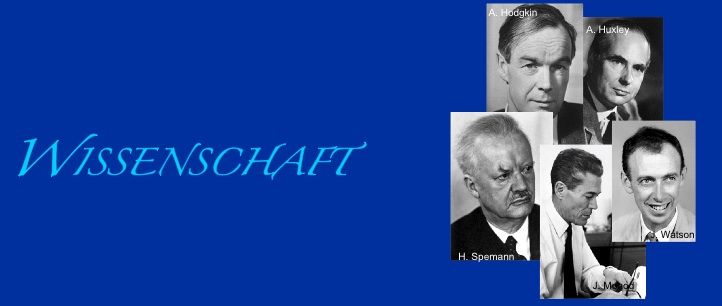
In the summer of 1941, a young man-only 34 years old-showed up for the first time at the Cold Spring Harbor Laboratory Campus. He would ultimately become the leader of a generation of scientists who would establish the field of molecular biology. His name was Max Delbrück. Max was born in Berlin. His father Hans, was a professor of history at the University of Berlin and his mother was the grand-daughter of Justus von Liebig (of chemistry fame).
His early interests were directed towards astronomy. However, during the latter part of his graduate studies in Göttingen, the breakthroughs in quantum mechanics caused him to shift to theoretical physics. He obtained his Ph.D in 1930 following which he went back to Berlin and worked as an assistant to Lise Meitner, It was during this time that he discovered the theoretical basis of gamma ray scattering by a Coulomb field, a phenomenon that to this date bears his name, Delbrück scattering.
In 1937, he moved to Caltech, in the United States, where he teamed up with Emory Ellis doing phage research. Together, they demonstrated that viruses reproduce in one step, rather than exponentially (as cellular organisms do). Following the start of World War II, Delbrück chose to remain in the United States, teaching physics at Vanderbilt University while conducting genetic research. His claim to biological fame came with the establishment of the famous "Phage Group" with Salvador Luria and Alfred Hershey at the CSHL . In 1943, he and Luria demonstrated that genetic mutations in bacteria arise in the absence of selection and not as a response to selection. This work was significantly backed up by mathematical models that they developed which were consistent with experimental results. He shared the 1969 Nobel Prize in Medicine and Physiology with Luria.
His name may not be as familiar as Albert Einstein or Charles Darwin, but Max Delbrück was a scientific giant who changed the world through his research in modern biology. He saw no barriers between the sciences. He had with him his tools from physics and mathematics and the problems from biology. In an essay commemorating Delbrück's 60th birthday, Luria wrote "Seldom has a group been so richly rewarded as have we, the molecular biologist, whom the physicist Max Delbrück, more than anyone else, guided to the explorations of the deep mysteries of life".
In the words of the great man himself
A Max Sing-Along
(lyrics by Max Delbrück, 1968)
I was born about 100 years ago
And there is nothing in this world that I don't know
I have Mendel in the garden
And I steered the ship for Darwin
I showed Otto how the neutrons had to go!
I had Watson grab the helix by the tail
I told Morgan that the flies would never fail
And the prize that went to Feynman
Well the theory was mine man,
And my song and inspiration never stale!
And, my buddy, Linus owes a debt to me,
For the structure of his modern chemistry,
Of the phage I am the father,
But I didn't want the bother,
Of collecting data so statistic-al-ly!
I'm a single-minded scientific man....





